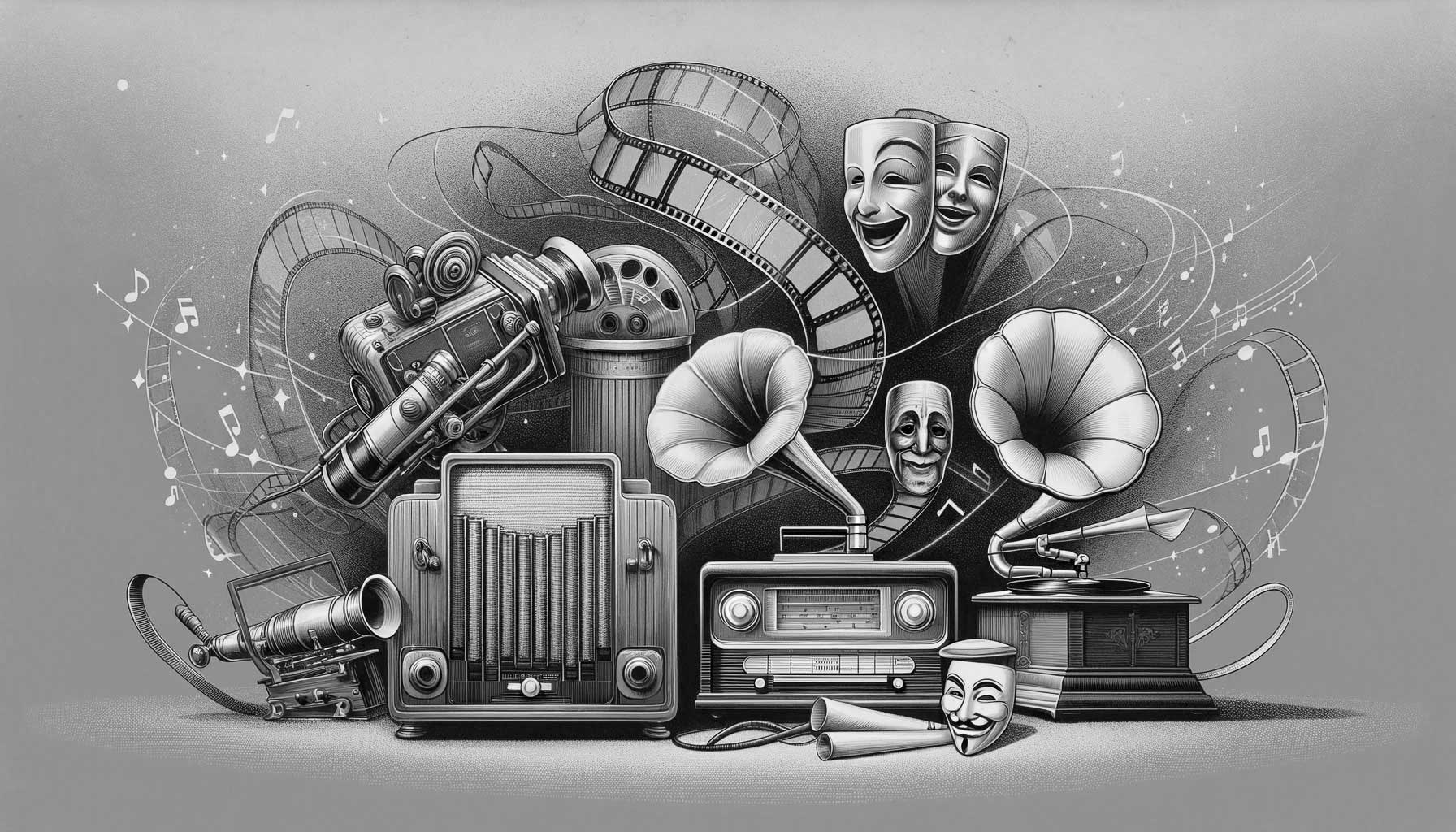Flashback to September 19
Entertainment History

1982
Scott Fahlman posts the first recorded instance of the emoticon :-) to an online bulletin board.
Read moreThere are many profound moments that have shaped the internet as we know it today. One of those memorable occasions occurred on September 19th, 1982 when Scott Fahlman posted the first recorded instance of the emoticon 🙂 on an online bulletin board. This momentous event marked the birth of digital expression as a form of online communication, transforming the way we interact on the internet today.
Scott Fahlman, a computer scientist at Carnegie Mellon University, is widely recognized as the pioneering force behind the emoticon. His introduction of the iconic smiley face 🙂 on an online bulletin board was designed to help differentiate between serious posts and those meant to be humorous or sarcastic. Fahlman felt that an easy, identifiable symbol would reduce the misunderstandings that were prevalent in online communication at the time.
Before Fahlman’s introduction of the iconic 🙂 to represent humor, misunderstandings in the text-based bulletin board system were fairly common. In the absence of verbal cues and facial expressions, the intent behind the messages often remained unclear. Especially with sarcasm, which can easily be misread in text, the need for a symbol to differentiate between jest and seriousness was critical.
Scott Fahlman’s first recorded instance of the emoticon did precisely that. On September 19th, 1982, he posted a message suggesting that characters 🙂 could be used to indicate that the following message was intended to be humorous. This ingenious idea caught on almost instantly, with users beginning to incorporate the 🙂 symbol in their posts, ultimately giving birth to the era of digital emoticons we know today.
Over the years, the simple concept of the emoticon, as introduced by Fahlman, has evolved into an integral part of our online communication. Not limited to the text-based 🙂 or 🙁 anymore, we now have a multitude of emojis, effectively portraying a broad spectrum of human emotions. These digital symbols have become ubiquitous, transcending barriers of language and culture. Emojis are now a universal language, used by millions worldwide to express their feelings and emotions succinctly.
The profound impact of Fahlman’s simple suggestion goes well beyond everyday communication. Today, emoticons and emojis hold sway in business communications, social media marketing, and branding strategies. Organizations use emojis to convey their brand voice, develop a genuine rapport with their audience, and generate greater engagement. Emojis are also increasingly being harnessed in email marketing campaigns, with data suggesting that including emojis in an email subject line can boost the open rate.
The first recorded emoticon’s historic importance cannot be overstated. Scott Fahlman’s 🙂 not only revolutionized online communication but also paved the way for a new language on the internet – a language based on emotions. It is quite fascinating to recall how a simple attempt to mark a jest on an online bulletin board turned into a worldwide phenomenon, revolutionizing digital communication.
Looking back at the origins of this global digital language, it’s a reminder of how even the smallest innovations can have the most significant impact. The simple act of concatenating a colon, a dash, and a close parenthesis on September 19, 1982, by Scott Fahlman gave birth to a new era of digital communication. The emoticon has since become a historic cultural artifact that is testament to the evolution of the way we communicate in the digital age.
the story of Scott Fahlman and the first recorded emoticon is a compelling journey of how innovation and creativity can transform the world. The immense potential of the digital world coupled with the never-ending human desire to evolve our means of expression continues to shape our virtual interactions. As technology evolves, we are likely to witness more such moments that will define and shape our experience in the digital world. Despite the evolution of digital communication, the emoticon’s legacy, stemming back to Fahlman’s iconic smiley, remains pertinent even today.
We strive for accuracy. If you see something that doesn't look right, click here to contact us!
Sponsored Content

Grateful Dead at Fillmore…
Experience the electric vibes…

Scott Fahlman posts the…
"On September 19, 1982,…

Red Foley, country singer…
Renowned country singer, Red…

Tipper Gore and other…
"Tipper Gore, alongside other…

